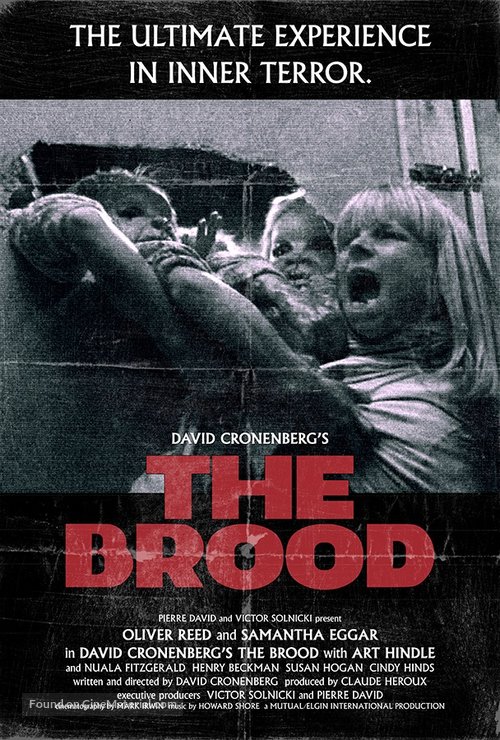Though it has been around for a while, Kanopy is a video streaming service that has not been given nearly as much attention as other services, such as Netflix and Hulu. Unlike other streaming services, Kanopy is free for students at the college, which only makes the system more attractive.
What really sells Kanopy, though, is its high-quality library. Netflix is slowly becoming less interesting, with the diminishing quality of the movies/shows in it, not to mention that, for people who constantly watch movies, it is difficult to find something new. Kanopy offers an alternative for that problem. Unlike Netflix, Kanopy’s library is extremely diverse, from classic Chaplin movies, to award winning short documentaries. It is the ideal platform if you happen to be a cinephile.
A little introduction
Science Fiction is one of the most amusing genres of film. It has been around since the early days of cinema with movies like “Metropolis” and “A Trip to the Moon.” Sci-Fi allows people to be creative, invent new realities and transport minds to an improved new world. Though the genre can transport one into a beautiful alternate life, I believe Sci-Fi is best used when combined with horror. Humans fear the unknown, the incomprehensible and the unimageable, which is what Sci-Fi is all about. Some of my favorite horror movies come out of this genre mix: “The Thing,” “Alien,” “Invasion of the Body Snatchers,” and recently, “The Brood”.
“The Brood” (1979)
It’s difficult to find a director like David Cronenberg. Known for the horrifying and deformed figures in his films, Cronenberg is all about using Sci-Fi to explore the edge between known and unknown. His style has always been interesting; while most horror directors build up suspense to them climax into a jump scare, Cronenberg builds suspense to then shock the viewer with a grotesque and bizarre figure made of high-quality makeup art.
Known for his work in the 70s and 80s, Cronenberg’s “The Brood” is one of the director’s most underrated movies.
Written and directed by Cronenberg, “The Brood” follows Frank Carveth’s (Art Hindle) struggle to uncover a psychologist’s unconventional techniques on his institutionalized wife, Nola Carveth (Samantha Eggar). Meanwhile, a series of bizarre murders goes on, affecting Frank in a personal level.
The movie has a straight forward plot, one that is easy to follow and shouldn’t confuse anyone; however, that simplicity is compensated by the films technical side. Like mentioned before, Cronenberg has the tendency to horrify his viewers instead of quickly scaring them. What makes this directorial quality shine on “The Brood” is the combination of Cronenberg’s technique with Howard Shore’s intense soundtrack. Shore seems to have understood the director’s style early on, which only benefits the viewer who looks for a suspenseful atmosphere. Many ordinary scenes in the film are tense because of this combination of visual and sound, and when suspense concludes in horror, Shore’s soundtrack surely matches the moment.
As always, Cronenberg’s films and their makeup work are worth highlighting. The creativity that goes behind making something so natural, such as a child, seem so grotesque, is applaudable. The artists of the makeup department are a complement to Cronenberg’s directing style. The Fly wouldn’t have caused the same disgust to the viewer had it not been the artists behind making the film’s creature. The same goes for “The Brood”: the final minutes of this movie would not have caused me any shock if the makeup department did a poor job. What is even more impressive is how realistic it all looks for 1979. Few movies from that period were capable to survive the natural evolution of makeup, and “The Brood” is one of them.
The movie is a metaphor for divorce, specifically on how one deals with separating someone they once loved. The film focuses on the male perspective of a divorce, using the protagonist, Frank Carveth, who insists in going after his institutionalized wife. He can’t accept that she will not return, not until Nola’s monologue in the final act. Frank’s desire to get his wife back blurs his relationship with others, especially with his daughter, Candace; he forgets her at school, leaves her alone with others for hours, and doesn’t seem to care for the girl’s emotions. Frank’s character is clearly in the process of acceptance: he insists on a dead marriage which then cripples his relationships with others, like his daughter and her teacher. The divorce metaphor works very well in the film due to its “self-portrait” factor; Cronenberg, who wrote the film after a tumultuous divorce and child-custody battle, used a lot of his personal experience while writing the movie.
“The Brood” isn’t necessarily a film with amazing and memorable performances, with only Samantha Eggar’s acting being worth mentioning. Eggar plays the role of Nola Carveth, the institutionalized wife of Frank Carveth. Her character is completely out of touch with reality and goes into constant rants about her own life and how terrible her childhood was. Eggar achieves and maintains a psychopathic face only using her eyes expression combined with a gentle yet terrifying smile. She shines on the film’s final act when her character becomes a protagonist, finally speaking directly to her husband and telling him her emotions. Eggar closes her performance in a long and impressive monologue which certainly makes her worth mentioning.
Overall, “The Brood” isn’t Cronenberg’s best movie, but it is an early example of his genius as a director. The film is among the very first entries of the 70s and 80s Sci-Fi horror era. It can certainly be placed among classics such as “Alien” and “The Thing,” and is a must see for those who seek to better understand the incredible Sci-Fi horror genre.






















